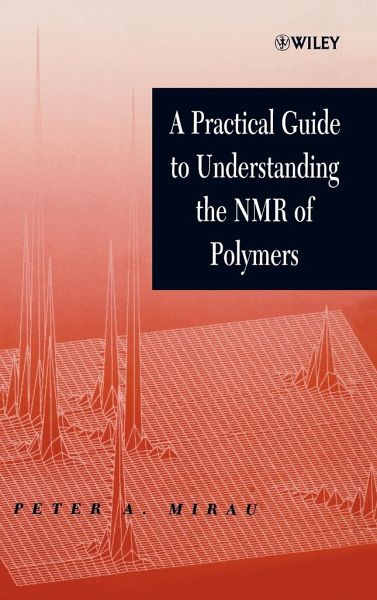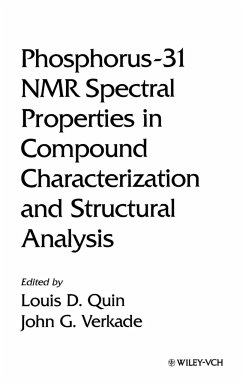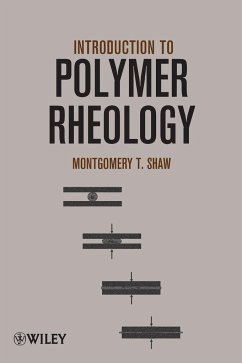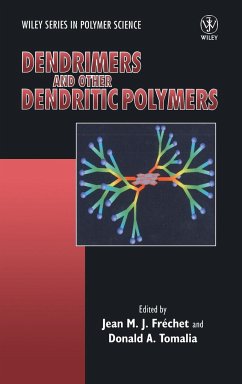
A Practical Guide to Understanding the NMR of Polymers
Versandkostenfrei!
Versandfertig in über 4 Wochen
175,99 €
inkl. MwSt.

PAYBACK Punkte
88 °P sammeln!
A Practical Guide to Understanding the NMR of Polymers presents an introduction to the theory and practice of NMR, and includes sections on the fundamental principles of NMR and the applications to polymers. This book will help readers understand how these methods can be used to determine the chemical structure of polymers that influences the macroscopic properties. Solid state NMR methods are introduced to enable the readers to measure the structure of polymers on longer length scales. It is also shown how NMR is used to measure the molecular dynamics that can be related to the mechanical pro...
A Practical Guide to Understanding the NMR of Polymers presents an introduction to the theory and practice of NMR, and includes sections on the fundamental principles of NMR and the applications to polymers. This book will help readers understand how these methods can be used to determine the chemical structure of polymers that influences the macroscopic properties. Solid state NMR methods are introduced to enable the readers to measure the structure of polymers on longer length scales. It is also shown how NMR is used to measure the molecular dynamics that can be related to the mechanical properties of polymers.












